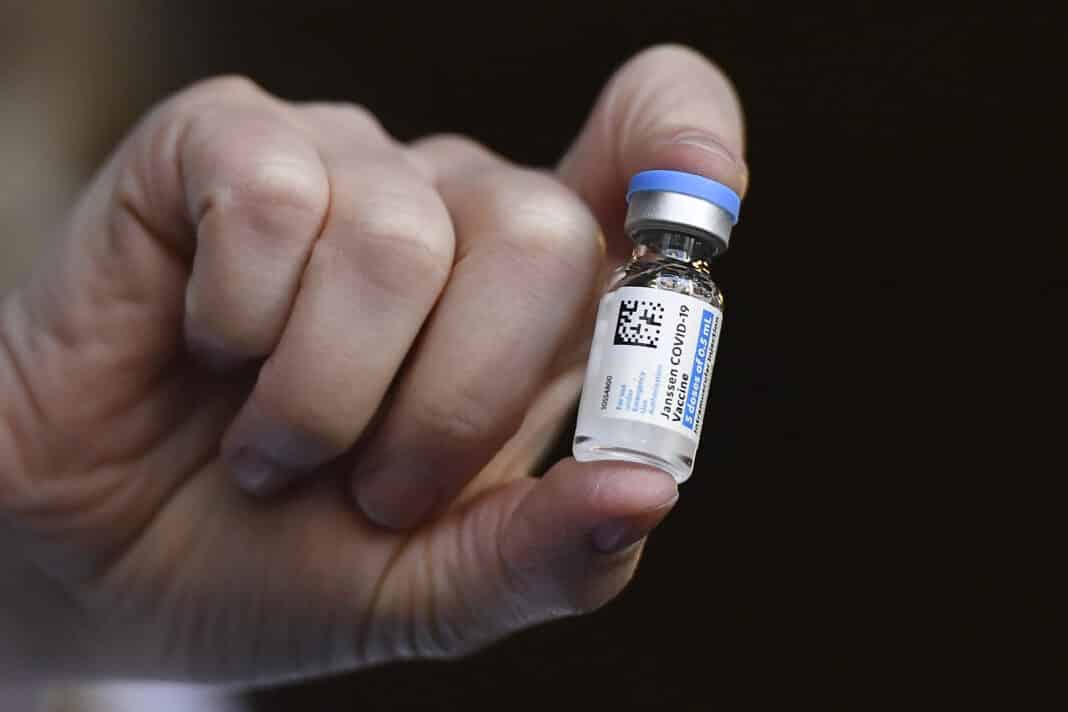COVID-19 vaccine providers in the Rio Grande Valley don’t know if and when they will receive the new Johnson & Johnson vaccine, which is already making its way across some of the state’s most populated areas.
The third vaccine was approved for emergency use by the U.S. Food and Drug Administration last week, and Johnson & Johnson has already distributed 24,000 doses to Texas.
Those allocations, however, were sent to federal vaccination sites in Dallas, Tarrant and Harris counties on Tuesday.
The state expects to receive more than 200,000 doses of the new vaccine next week, the Texas Department of State Health Services said in an email to The Monitor on Wednesday. But the department did not specify where those doses will be sent.
“We will send out a news release with the allocations for next week on Friday,” the email stated.
Hidalgo County Chief Administrator for Health and Human Services Eddie Olivarez said the state might prioritize rural areas.
“All I know is what they announced yesterday,” Olivarez said Wednesday. “They announced that Johnson and Johnson was coming to Texas, but really my understanding (of) what they said was that they were going to focus on the more rural counties first because those counties have a lot of issues with travel and lack of doctors and stuff.”
Cameron County Public Health Administrator Esmeralda Guajardo said her office was also in the dark.
“At this point, we don’t know,” Guajardo said Wednesday. “Every week we don’t know how many vaccines we’re going to get, and so the same thing applies for what kind of vaccine we’re going to get. Generally, we always expect Moderna because that’s how our refrigerator system is set up, so that we can take on Moderna. Pfizer(-BioNTech) is just too delicate for us, and we don’t have those freezers.”
Like Moderna, the Johnson & Johnson vaccine does not require the ultra-low temperatures that the Pfizer vaccine requires.
“It’s not that difficult to manage…but it is different from the Moderna,” Olivarez said. “It is a different vaccine. It’s not made the same way as Pfizer and Moderna.”
Perhaps the most obvious difference is that the Johnson & Johnson vaccine only requires a single dose, versus the other two, which require a second injection. For the Pfizer vaccine, the interval between the first and second dose is 21 days. For the Moderna vaccine, the interval is 28 days.
Johnson & Johnson also does not use mRNA, instead it deploys a harmless cold virus to deliver a gene that carries the blueprint for the spiky protein found on the surface of the coronavirus.
And it’s also slightly less effective.
Johnson & Johnson said data “demonstrated the vaccine was 85 percent effective in preventing severe disease across all regions studied, and showed protection against COVID-19 related hospitalization and death, beginning 28 days after vaccination.”
The other two vaccines, however, boast an effectiveness of 95%.
Still, health experts recommend people get vaccinated as soon as possible, regardless of which brand is available.
In Willacy and Starr counties, the most rural in the Valley, vaccine providers are hoping they’ll be among the first to receive the new vaccine.
“So every physician’s office in town is a licensed provider and everybody is asking for whatever vaccine they can get,” Willacy County Emergency Management Coordinator Frank Torres said Wednesday. “Now, whether we’ll get it or not, I don’t know.”
Vaccine providers in all four counties have already applied to the state to receive allocations for the new vaccine.
“We don’t know if we’re going to get any or not, but we have applied,” Starr County Judge Eloy Vera said Wednesday.
Perhaps that answer will arrive Friday.




